
Infrared Saunas Price: Understanding Costs and Benefits
Infrared Saunas Price: Understanding Costs and Benefits
This buyer’s guide explains how the cost of an at‑home sauna works today and what you actually get for the investment.
The market spans roughly $1,500 to well over $8,000 for most consumer units. Factors that drive that range include size, materials, features, and the sauna type—from a compact sauna one to full‑spectrum infrared sauna models.

Retailers often highlight low‑EMF builds, indoor and outdoor options, and free shipping to sweeten the purchase. Beyond sticker numbers, you buy a repeatable experience: steady heat, ergonomic layout, and supportive features like lighting and audio.
Users frequently report feeling calmer and less sore after a short session. You should also budget for delivery, assembly, and electrical setup, which affect the final price at your home.
Key Takeaways
- Expect a broad cost spectrum driven by size, materials, and features.
- Decide between far and full‑spectrum options to match goals.
- Retail value adds can lower your total outlay at checkout.
- Non‑product costs (delivery, setup) matter for true investment.
- Prioritize the features that deliver the health benefits you want.
Why infrared saunas are worth considering today
Consumers are choosing at-home heat therapy options for recovery, sleep, and stress relief. Recent summaries of research point to several practical health benefits that influence buying decisions.
https://www.youtube.com/watch?v=kt7nHGYp-9k
Present-day health benefits that influence purchase decisions
Reviews of clinical summaries list reduced inflammation, stronger immune response, less chronic pain, better sleep, and lower stress. One long-term study even linked regular weekly use to a lower dementia risk over years.
Sessions are often more comfortable because radiant panels heat tissue directly rather than simply warming the air. That can let people stay longer at lower room temperatures and still feel benefit.
| Benefit | Typical effect | Who may notice it | Cautions |
|---|---|---|---|
| Stress reduction | Improved relaxation and mood | Adults with busy schedules | Stay hydrated |
| Pain relief | Reduced soreness and chronic pain | Athletes and chronic pain sufferers | Start with short time |
| Cardio & brain support | Possible heart and cognitive benefits | Older adults and health-focused people | Consult an expert if heart issues |
Who should consult a healthcare provider before use
People who are pregnant, take medications that affect temperature, are prone to dizziness, have heart conditions, or experience menopause symptoms should check with a clinician first.
Drink water and consider electrolytes before and after sessions. If you plan to use an infrared sauna every day or several days a week, begin with shorter visits and increase time slowly.
Infrared saunas price: a clear breakdown of what you’ll pay
A transparent list of expenses helps you judge total value rather than just sticker tags. This section separates base costs, common upgrades, and installation charges so you can compare models fairly.

Current U.S. price ranges at a glance
Most consumer units in the U.S. fall between $1,500 and $8,000. Higher-end models can exceed $12,000 depending on brand and options.
How style, size, and features shift the final price
Single-person far infrared units are usually the most affordable. Multi-person or full-spectrum infrared variants cost more.
Materials and extras—cedar, more glass, advanced controls, audio, and chromotherapy—raise the out-the-door total.
Typical add-ons that increase the out-the-door cost
Plan for delivery ($100–$500), electrical upgrades ($300–$800), and possible floor reinforcement ($200–$500).
Professional assembly runs about $300–$800 for basic installs and up to $2,000 if major electrical or ventilation work is needed.
| Item | Typical range | Notes |
|---|---|---|
| Base model | $1,500–$8,000+ | Single to multi-person; far infrared tends lower |
| Premium/full‑spectrum | $3,000–$12,000+ | Broader wavelength coverage and advanced features |
| Delivery & install | $100–$2,000 | Depends on distance and electrical needs |
| Structural/electrical | $200–$800+ | Floor reinforcement, dedicated circuits, upgrades |
Pricing by size and capacity: one-seater to family units
Choosing the right cabin size shapes both comfort and long‑term operating costs. Match capacity to real use so you don’t pay for unused space or compromise comfort when multiple people share sessions.
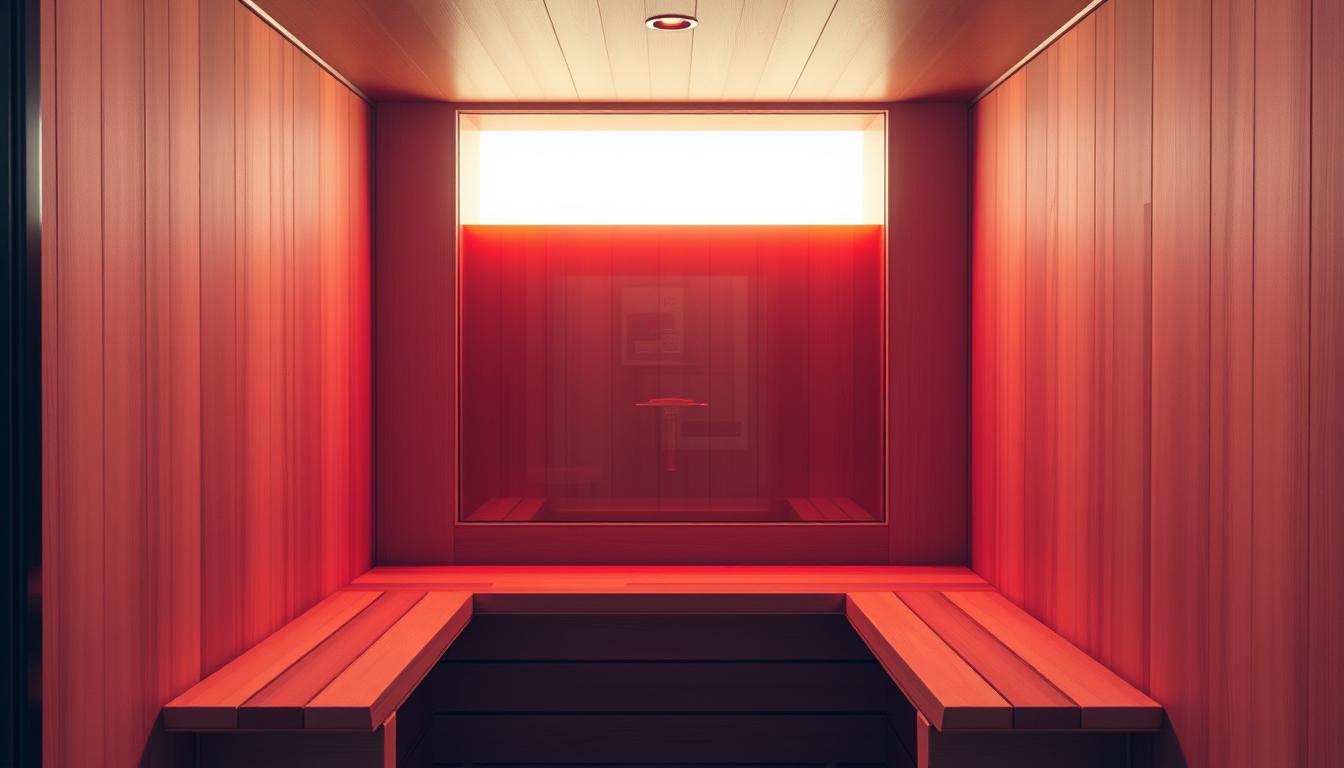
Single‑person units: compact, energy‑efficient choices
Single‑person models generally run $1,500–$3,000. They fit a ~3×3 ft footprint and are ideal for a sauna one routine at home.
Energy note: small cabins heat fast and use less energy; three to four weekly sessions often cost about $10–$30 per month.
Two‑person models: a balance of comfort and space
Two‑person units usually fall between $2,500 and $4,500. They add bench width and sometimes richer finishes without a major jump in operating load.
These options suit couples or a shared home setup where occasional two‑person sessions are common.
Three‑ to four‑person saunas: premium footprint and features
Family‑sized cabins range from $4,000 to $8,000. Expect deeper benches, more heaters, and larger footprints (~6×6 ft) that may need stronger flooring.
Materials like Canadian hemlock are common for lightweight, attractive builds. If comfort matters most, compare bench depth, backrests, and panel layout before you buy.
- Match size to typical users to avoid over‑ or under‑investing.
- Consider who will use it most and how often sessions will occur.
- Check wood type and heater layout for even heat and better comfort.
Types of infrared saunas: far infrared vs full‑spectrum
Some units emphasize deep tissue warming, while others blend several bands to target skin, muscle, and deeper tissue. Choosing the right type helps match benefits to goals and budget.

Infrared wavelengths explained: near, mid, and far
Near light warms the skin and can boost circulation near the surface.
Mid wavelengths warm muscles and soft tissue.
Far reaches deeper layers and is often cited for recovery and cardiovascular support.
When a far infrared sauna is enough
If relaxation, gentle sweating, and post-workout recovery are the main goals, a far model usually delivers solid results.
These cabins often use carbon panels to spread heat evenly and avoid hot spots.
Why full-spectrum infrared commands a higher price
Full-spectrum designs combine near, mid, and far bands to target multiple depths in one session. That broader coverage often comes with upgraded controls, better panel layouts, and enhanced lighting packages.
Choose full-spectrum when you want the widest versatility and added features. Otherwise, a well-built far option can meet most everyday needs.
Materials and build quality: wood types, glass, and insulation
Wood choice and construction quality directly influence comfort, longevity, and energy use in a home sauna.
Canadian hemlock, Western red cedar, and basswood
Canadian hemlock is a popular, cost-effective option that balances durability and appearance. It appears often in entry to mid-range builds and works well where value matters.
Western red cedar offers natural moisture resistance and a premium scent. It resists warping in humid climates and can extend cabin life, though it usually raises the initial outlay.
Basswood is smooth-grained and hypoallergenic. Choose it if sensitivities or indoor air quality are priorities for your health-focused setup.
Durability, moisture resistance, and hypoallergenic factors
Thicker wall panels, good insulation, and tight door seals improve heat retention and cut energy use. Nordic spruce or dense paneling add insulation without excess bulk.
Tempered glass opens sight lines and modernizes design, but it can require stronger seals and insulation to keep efficiency steady.
- Fact: In humid regions, red cedar helps resist warping and preserves structure.
- Use low‑VOC interior finishes to support air quality during sessions.
- If you add accent lighting or chromotherapy fixtures, ensure wiring is rated for heat and moisture.
Features that affect cost and comfort
The right feature set greatly shapes daily use and long‑term value for a home sauna. Pick options that improve safety, ease, and the session experience rather than chasing every upgrade.

Low‑EMF design and safety considerations
Low‑EMF engineering is common in full‑size builds and can raise cost, but it reduces exposure concerns for health‑focused buyers. Choose models with tested specs and clear documentation.
Chromotherapy and LED lighting options
Chromotherapy packages use color to enhance relaxation. LED lighting is efficient and holds up well inside heated cabins.
Accent lighting and chromotherapy can boost ambiance and perceived value, especially if you plan longer sessions for stress relief.
Bluetooth connectivity, speakers, and smart control panels
Bluetooth connectivity and built‑in speakers let you stream music or guided meditations for a better session experience.
Smart control panels, reliable remotes, and clear displays speed heat‑up and simplify routine use. These features often justify a modest upgrade.
Ergonomics: benches, layouts, and ventilation
Ergonomic benches, backrests, and layout choices improve comfort and let users stay longer. Good ventilation prevents stale air and keeps maintenance simple.
- Durable finishes and easy‑clean surfaces reduce upkeep.
- Prioritize consistent heating, solid controls, and features you will actually use.
Setup and installation: DIY versus professional
Practical setup decisions—electrical wiring, placement, and assembly—often drive unexpected time and expense. Plan before you buy so the session routine starts smoothly.
Electrical requirements, dedicated circuits, and outlets
Verify electrical specs before purchase. Many models require a dedicated circuit and outlet to operate safely and reliably. If your panel needs an upgrade, expect higher install costs and added time.
Indoor vs outdoor placement and weatherproofing
Indoor placement simplifies weatherproofing and reduces maintenance. Outdoor options need robust seals, rain protection, and UV‑resistant finishes if exposed.
"If unsure about wiring or placement, consult an expert electrician to avoid costly rework."
Delivery, assembly time, and pro install pricing
Delivery often runs $100–$500; modular cabins can assemble in under an hour or take several hours for larger units. DIY assembly can save $300–$2,000 but needs two people for lifting and alignment.
- Hiring a pro typically costs $300–$800 for basic installs; complex electrical work can push totals toward $2,000.
- Factor preheat time (about 20–30 minutes) into your routine so sessions stay convenient.
- Avoid tight alcoves where heat air around the unit could damage finishes; follow manufacturer clearances.
Ownership costs: energy, maintenance, and lifespan
Owning a home heat cabin involves steady running costs and regular upkeep that add to the original investment. These ongoing items determine the total long‑term cost more than the initial sticker value.
Monthly energy use
Expect roughly $10–$30 per month if you run 3–4 sessions weekly. Actual bills depend on cabin size, session time, heater efficiency, and local electricity rates.
Shorter preheat and efficient panels cut usage. If you plan to sauna every day or use an infrared sauna every other day, confirm your electrical capacity first.
Cleaning, wood care, and upkeep timelines
Budget about $100–$200 per year for cleaning supplies, wood treatment, and minor parts. Wipe benches and floors after each session and clean glass to avoid stains.
Check panel fasteners and door seals periodically to keep the session experience consistent and safe.
Warranty, lifespan, and resale
Budget-tier units typically last 5–7 years with 1–2 year warranties. Premium builds often reach 10–15 years and carry 5–7 year coverage.
Resale tends to follow durability: basic models hold ~20–30% value while premium brands retain ~40–50%.
| Category | Typical cost/term | Notes |
|---|---|---|
| Monthly energy | $10–$30 | 3–4 sessions/week; varies by size and time |
| Annual maintenance | $100–$200 | Cleaning, wood oil, small parts |
| Lifespan (budget vs premium) | 5–7 yrs / 10–15 yrs | Warranty mirrors tier |
| Estimated resale | 20–30% / 40–50% | Higher for well‑maintained premium units |
Value tiers and real-world picks: budget to premium
Buyers often sort units into budget, mid, and premium tiers to align features with real-world use and long-term value.
Entry-level: solid basics for first-time buyers
Entry models ($1,500–$2,500) focus on core heat performance and simple controls.
Good choice: a compact far infrared sauna or a budget two-seater that heats evenly and runs reliably.
Mid-range: digital controls, better panels, added comfort
Mid-tier units ($2,500–$4,500) add digital control panels, Bluetooth audio, and improved ventilation.
These options balance comfort and usability without a steep jump in cost.
High-end: full-spectrum, advanced apps, and chromotherapy
Premium cabins ($4,500+) often include full-spectrum infrared, smart apps, and chromotherapy lighting.
Example: premium lines like Sunlighten’s mPulse combine touchscreen controls, streaming, and robust app ecosystems.
Tip: Check dedicated circuit requirements across tiers—many models need specific outlets to run heaters and tech features.
- Compare features honestly: choose lighting, led, or audio only if you will use them.
- Match a tier to your space, routine, and wellness goals rather than chasing specs.
How to choose: matching features to your space, habits, and budget
Practical planning cuts buyer regret. Start with a short checklist that covers space, electrical needs, and how often people will use the cabin.
Measure your space and select the right size
Measure ceiling height, floor load, door swings, and clearances. Leave walking room so the unit fits without blocking exits or vents.
Verify electrical specs for dedicated circuits before you commit. A quick site check avoids extra installation costs later.
Prioritize features for your wellness goals and session style
Make a short list of must-haves. Some people want bluetooth connectivity and chromotherapy for ambiance. Others prioritize low‑EMF design and efficient heaters.
Build an honest schedule: frequency, session length, and sharing needs determine size and control simplicity. Ask manufacturers for energy draw data as a fact to estimate operating costs.
Sample budgets for different buyer profiles
| Buyer type | Typical range | Notes |
|---|---|---|
| Starter | $2,000–$3,000 | Compact far model, basic controls |
| Couple | $3,000–$5,000 | Two‑person, upgraded panels |
| Power user | $5,000–$10,000+ | Full‑spectrum, smart apps, premium finishes |
Include delivery, install, and accessories in your purchase plan. Compare warranties and service networks so post‑purchase support is solid.
For frequently asked and frequently asked questions, create a checklist about size, circuits, and maintenance to prevent surprises after delivery.
Conclusion
Practical choices—like bench layout and control simplicity—shape whether people keep a regular session habit. Match cabin size and features to how often you plan to use the unit and the level of comfort you expect.
Far models deliver strong value for most wellness goals, while a full-spectrum infrared option adds versatility if you want multiple wavelength bands. Factor initial costs, monthly energy (~$10–$30), and annual upkeep (~$100–$200) into your plan.
Pick wood finishes that fit your needs (Canadian hemlock for value or red cedar for moisture resistance). Finally, confirm electrical needs and delivery logistics and decide if you want a pro to install it so sessions begin without surprises.
FAQ
What factors determine the cost of an infrared sauna?
Key factors include cabin size, heater type (far‑ or full‑spectrum), wood species, insulation quality, and electronic features like chromotherapy, Bluetooth, and smart controls. Professional delivery or assembly and higher-grade glass or bench ergonomics also increase the final amount.
Are health benefits well supported for regular use?
Many studies and clinical reports indicate benefits such as improved circulation, relaxed muscles, temporary pain relief, and stress reduction. People with specific medical conditions should consult a healthcare professional before starting routine sessions.
How much should I expect to pay for a single-person unit?
Compact one-person models are typically the most affordable option. Prices vary by heater technology and materials, but these units emphasize energy efficiency and space savings while offering basic comfort and controls.
When is a two-person model a better choice?
Two-person cabins balance comfort and footprint for shared use or for someone who prefers extra room. They often include upgraded controls, better seating, and more powerful panels, which can raise the cost slightly above entry-level units.
What makes three- to four-person units more expensive?
Larger footprints need more panels, stronger electrical setups, premium woods like Canadian hemlock or Western red cedar, and improved ventilation. Increased materials and advanced features for comfort and durability drive higher prices.
How do far‑infrared and full‑spectrum models differ in value?
Far‑spectrum models focus primarily on deeper-penetrating wavelengths and often come at a lower cost. Full‑spectrum units include near, mid, and far wavelengths, more versatile therapeutic options, and usually command a premium because of more complex heating systems and controls.
Which wood is best for longevity and hypoallergenic use?
Canadian hemlock offers stable, low-resin performance and good durability. Western red cedar resists moisture and smells pleasant but can trigger allergies in some people. Basswood is a hypoallergenic, budget-friendly alternative with good stability.
Do low‑EMF designs and safety certifications matter?
Yes. Low‑EMF designs reduce electromagnetic exposure and reputable certifications show compliance with electrical and safety standards. Those features improve user confidence and often justify a higher investment.
How much do add-ons like chromotherapy and Bluetooth affect cost?
Add-ons vary in price. LED lighting systems for chromotherapy, integrated sound systems, and wireless connectivity add convenience and enhance the session experience but can add several hundred dollars depending on brand and integration level.
What electrical and installation requirements should I consider?
Most mid-to-large units need a dedicated circuit and may require 120–240V wiring depending on power draw. Outdoor placement requires weatherproofing. Professional installation raises upfront cost but ensures safe wiring and correct assembly.
How much does energy use add to ongoing ownership costs?
Energy consumption depends on session length, frequency, insulation, and heater efficiency. Smaller cabins use less power. Estimating monthly costs requires local electricity rates and average session time, but efficient units and shorter sessions help keep running costs low.
What maintenance keeps a cabin long-lasting?
Regular cleaning, periodic wood treatment where recommended, checking seals and heating panels, and following the manufacturer’s care guide extend lifespan. Timely repairs and storing controls away from moisture preserve function and resale value.
How do warranty and resale value vary by tier?
Entry-level models often include limited warranties and shorter expected lifespans. Mid-range units provide longer coverage and more reliable components. High-end cabins typically include extended warranties, premium parts, and stronger resale potential.
What should buyers prioritize when choosing a unit?
Measure available space first, then match capacity to household use. Prioritize heater technology aligned with wellness goals, low‑EMF safety, and the specific features you will use regularly, such as lighting, connectivity, or ergonomic benches.
Are DIY setups worth the savings versus professional install?
DIY saves on labor but requires following electrical codes and careful assembly. For larger models or outdoor placement, professional installation ensures safe wiring, proper insulation, and warranty compliance, which often offsets the upfront cost.
Can people use a session every day?
Daily short sessions can be safe for many healthy adults and may support relaxation and recovery. Individuals with cardiovascular issues, pregnancy, or other medical concerns should consult a physician before daily use.
What budget ranges correspond to entry-level, mid-range, and premium picks?
Entry-level cabins prioritize basics and affordability; mid-range models add digital controls, improved panels, and comfort features; premium units include full‑spectrum systems, advanced apps, chromotherapy, and high-end woods. Choose based on space, frequency of use, and desired longevity.

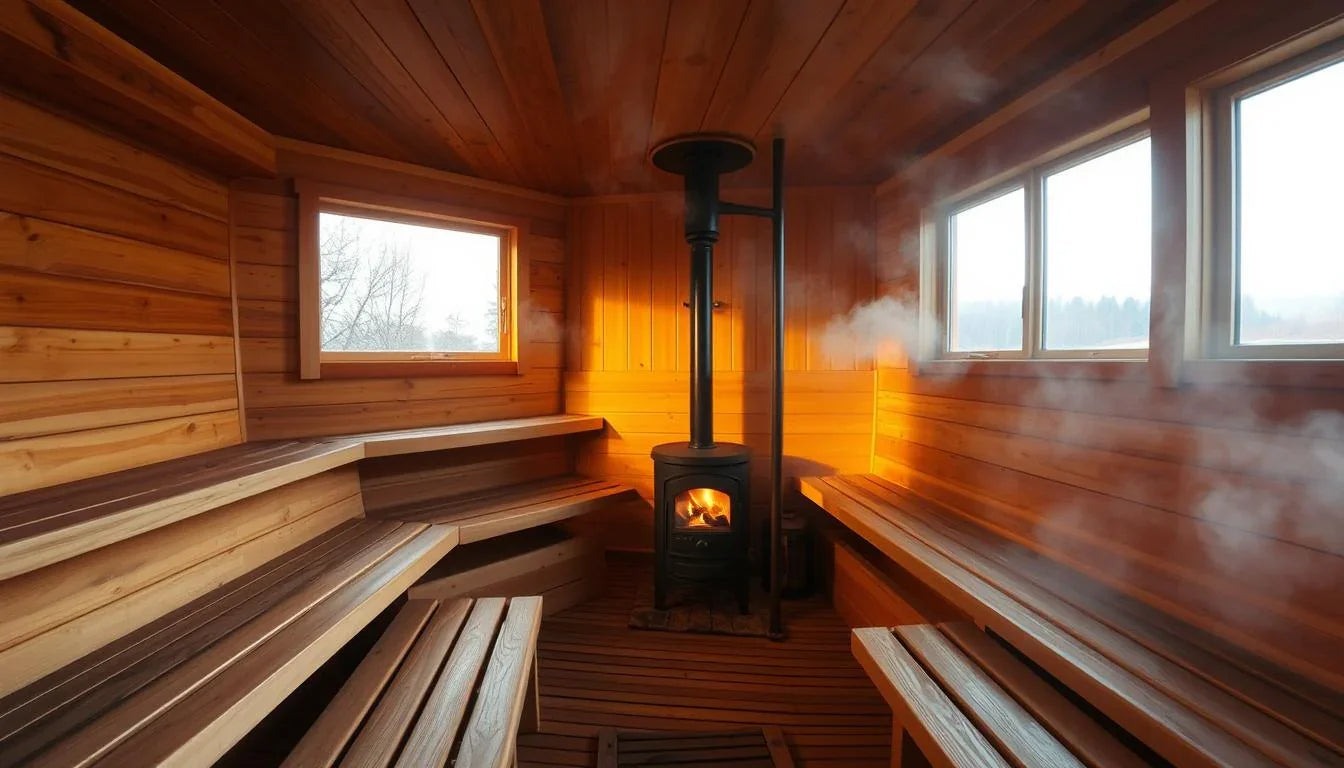
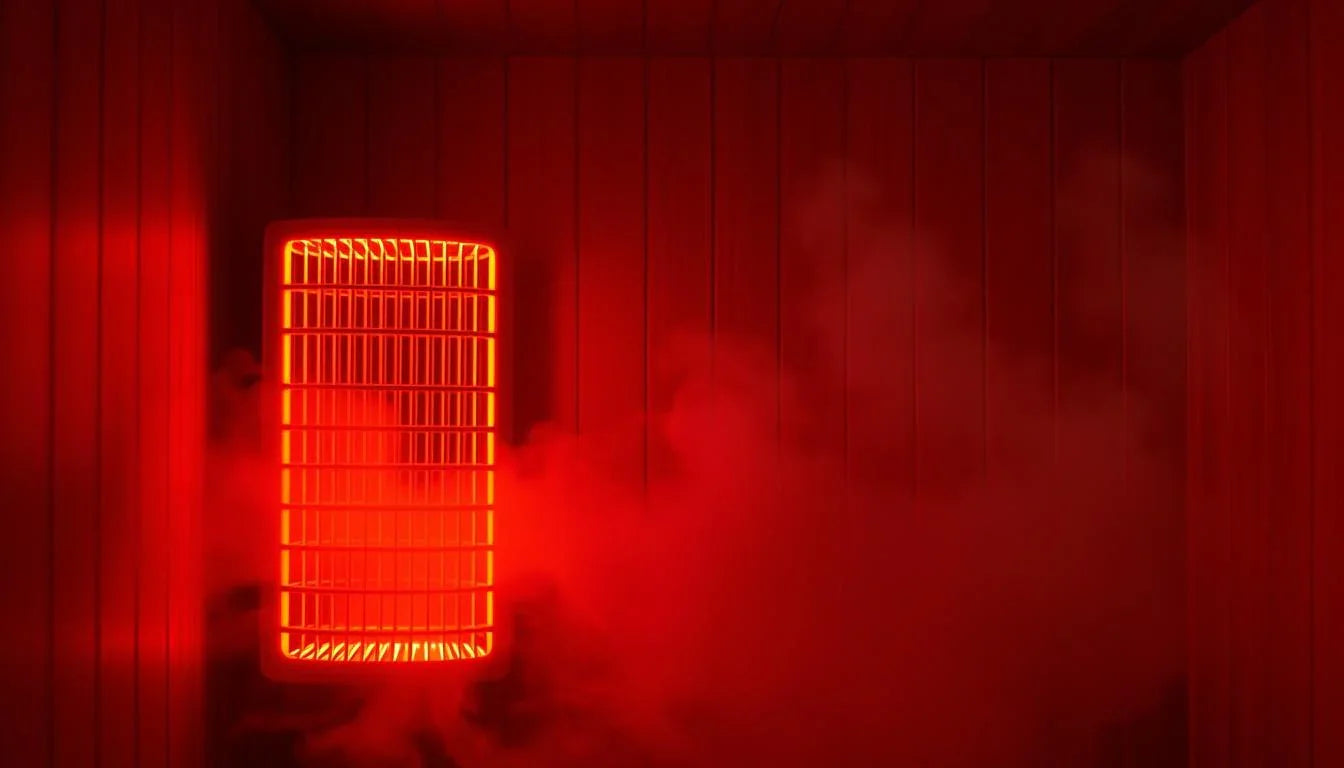
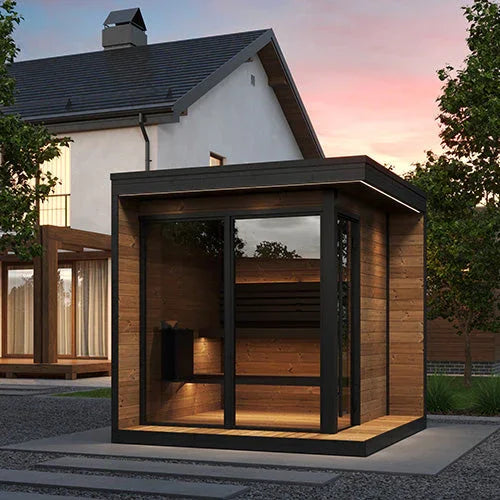
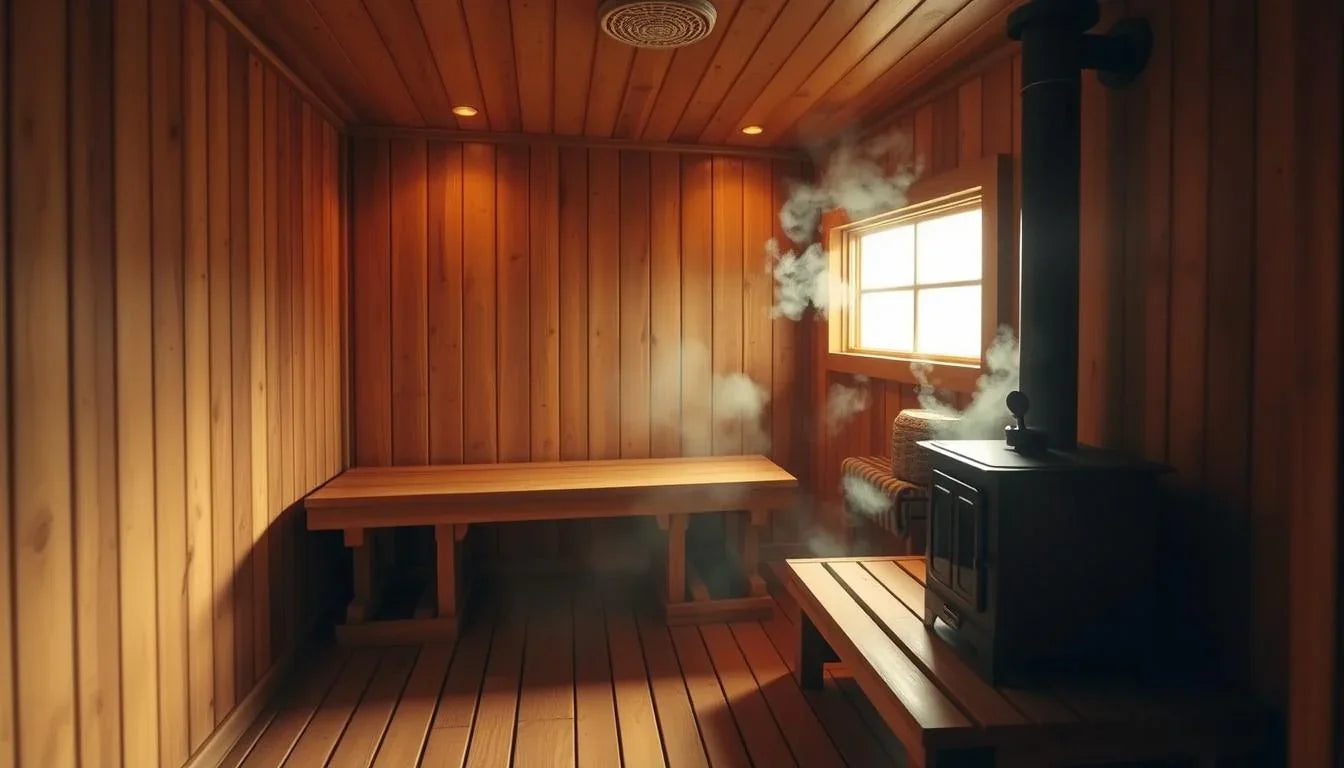
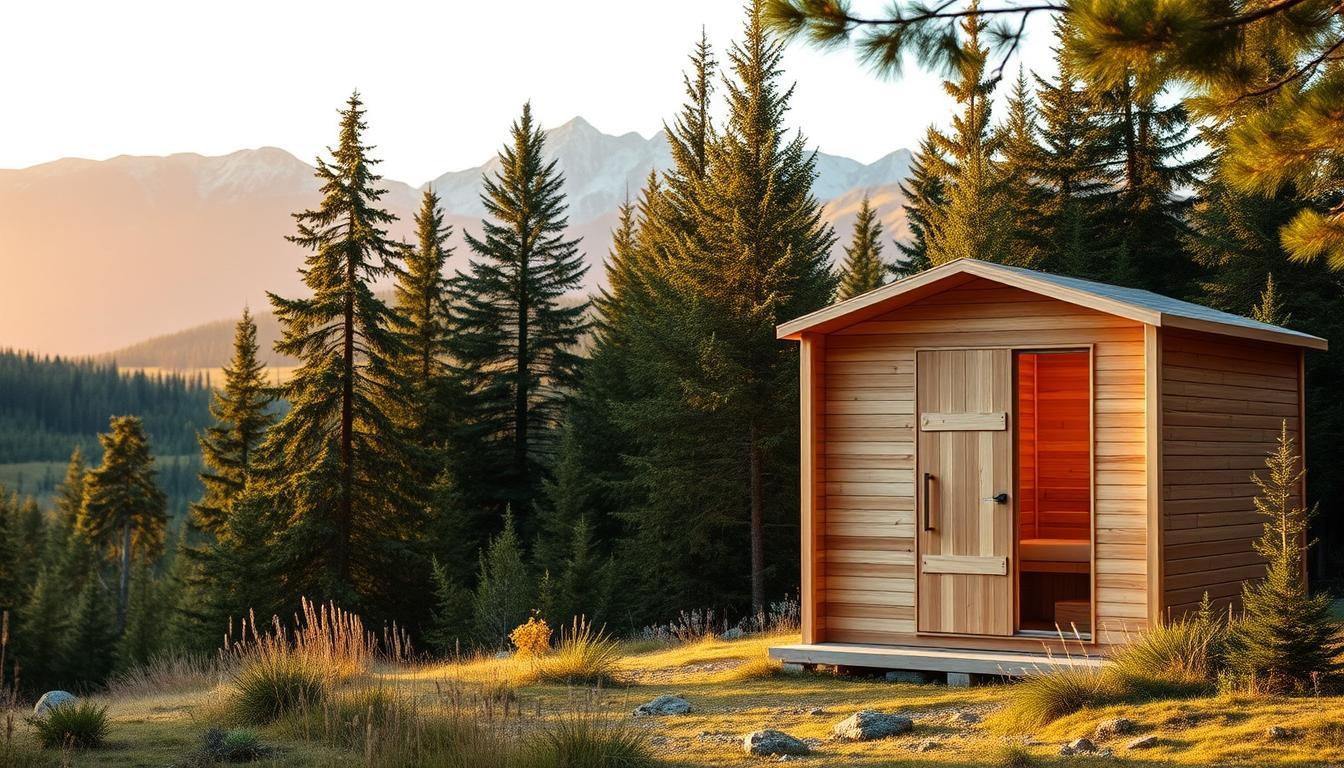
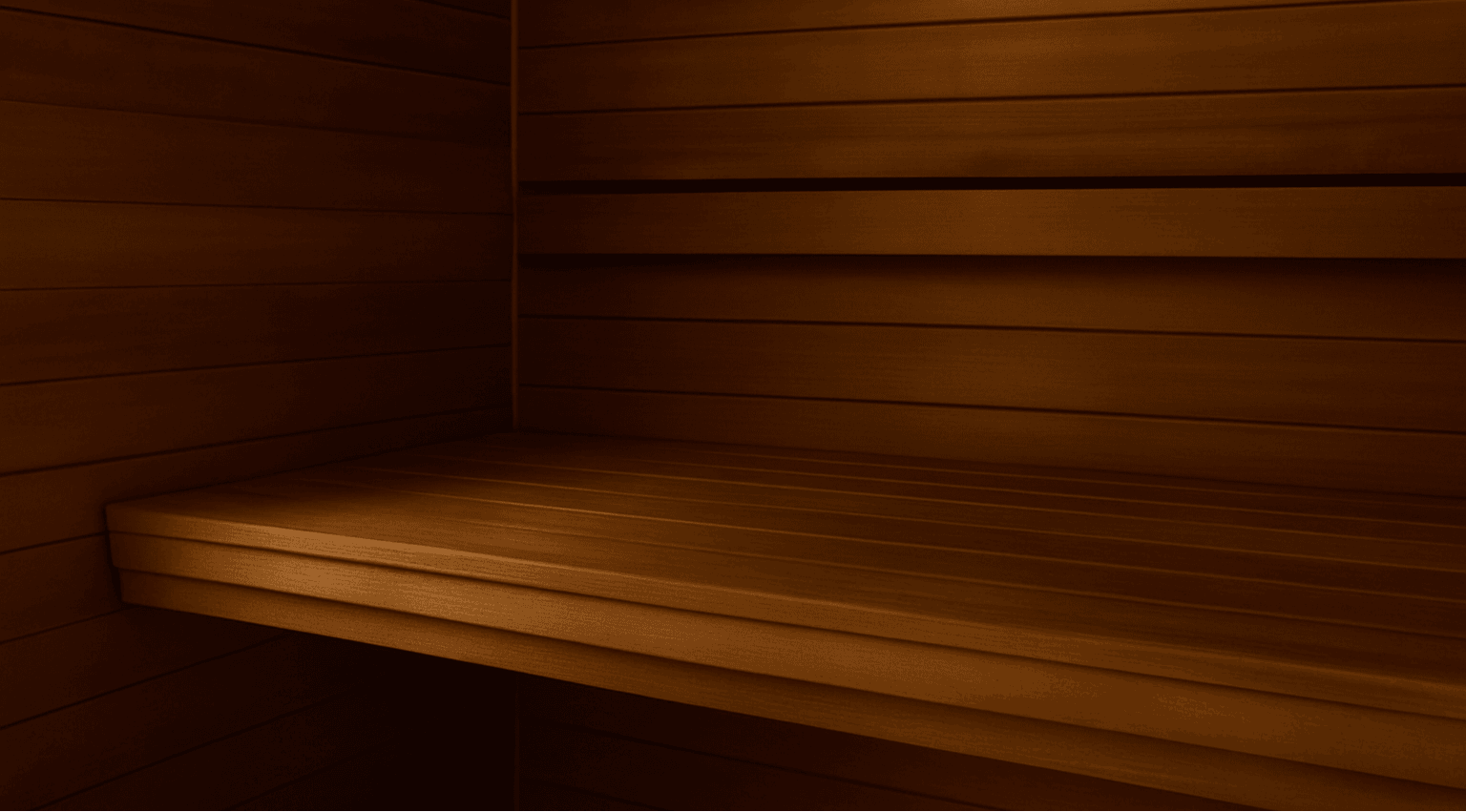
Leave a comment
This site is protected by hCaptcha and the hCaptcha Privacy Policy and Terms of Service apply.